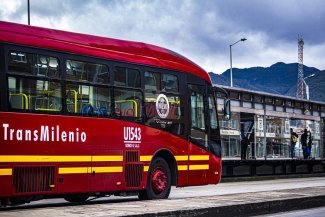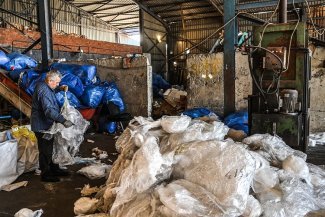
Lower back pain affects one out ten people worldwide, causes more disability around the world than any other condition and accounts for a third of all work-related disability, according to new findings.
In one study, led by Damien Hoy, of the University of Queensland, researchers found that lower back pain causes more disability than nearly 300 other conditions put together.
“The people most at risk were those who work in the agricultural sector, and those aged 35-65. However, low back pain is a problem for people in many occupations,” says Professor Tim Driscoll, the lead author of another study from the Sydney School of Public Health which looked at back pain in different employment sectors.
He added that agricultural sector workers were almost four times more likely than workers in other sectors to develop a lower back-related disability.
Professor Driscoll said the highest rates of disability due to back pain were found in Asia, Oceania and parts of Africa.
“These are places where employment in agriculture is more common, but rates were considerable in all regions, all age groups, and both genders.”
In developed countries such as the United Kingdom, back pain is often found in sectors such as construction, manufacturing process, caring and supermarket work.
“In Britain, one of the biggest groups that can be affected is nurses,” Hugh Robertson, head of health and safety at the Trades Union Congress (TUC), told Equal Times.
“People who do a lot of sitting down can also have a lot of other problems, usually upper back pain, but depending on your posture that can also be a factor,” he said.
“Lower back pain will affect most of us at some point in our life,” he added.
“We know lower back pain can be prevented by just not lifting overly heavy weights, and by not lifting weights repetitively. It’s not just the weight however; it’s also the angle that you’re lifting it at.”
Finding solutions
In 2005, the TUC reported that British businesses lose an estimated 4.9 million days to employee absenteeism through work-related back pain.
Sandra, 54, from Berkshire in the United Kingdom, suffers from chronic back pain. She has worked in supermarkets since her mid-twenties, mainly on the checkout, and is now unable to work because of chronic lower back pain.
“My bad back started about twelve years ago. I had pain in my right buttock and my doctor told me this was actually a problem with my back. I had to rest for a few days.
The pain came back though a few months later and I just tried to keep going.”
“I was signed off work three years ago. The pain was just unbearable and I couldn’t sleep, some days I couldn’t walk.”
Robertson said that, because we don’t always know what’s causing lower back pain, getting specialist help early on, before the pain becomes chronic, is vital.
“The longer you wait, the less chance there is of you ever returning to work,” he said.
“Construction workers for instance, by the time they’re in their fifties, have often got chronic back pain.”
Professor Driscoll said that workers and employers need to be better informed about the risks. “A better understanding of the burden should lead to better prevention of back pain and injury, as well as decreased lost work time due to back pain.”
Robertson explained that though employers have a legal obligation to do so, “very few actually take reasonable action” to prevent employees from developing back pain “and there’s virtually no enforcement action against those that don’t.”
But he says there have been some improvements, including in supermarkets, as employers become more aware of the problems.
“In some of the supermarkets, for instance, the workers themselves through the unions have actually sat down with management and redesigned the checkouts,” he said.
“They’ve actually managed to cut back pain problems by around 50 percent. It shows how much can be done.”








